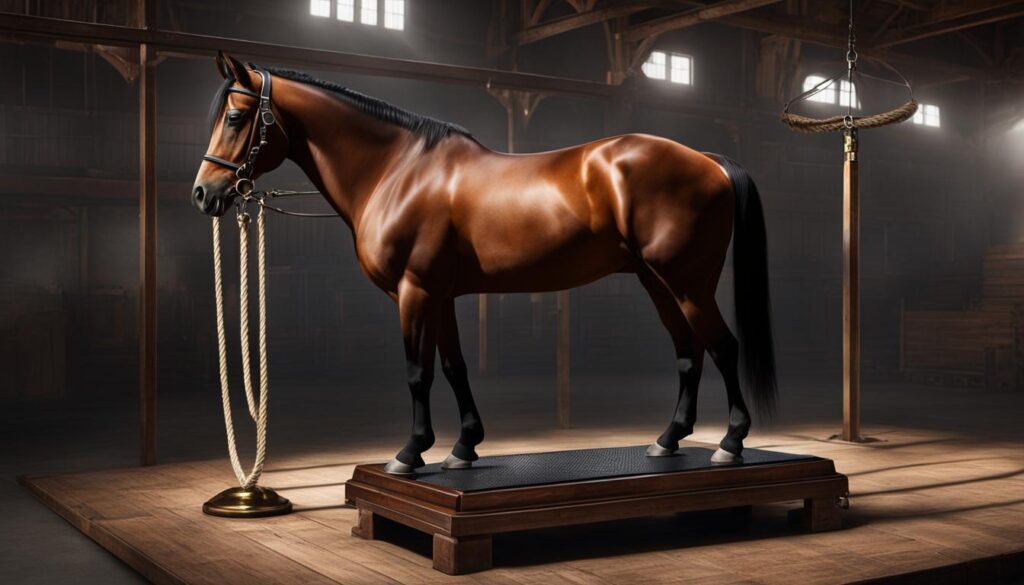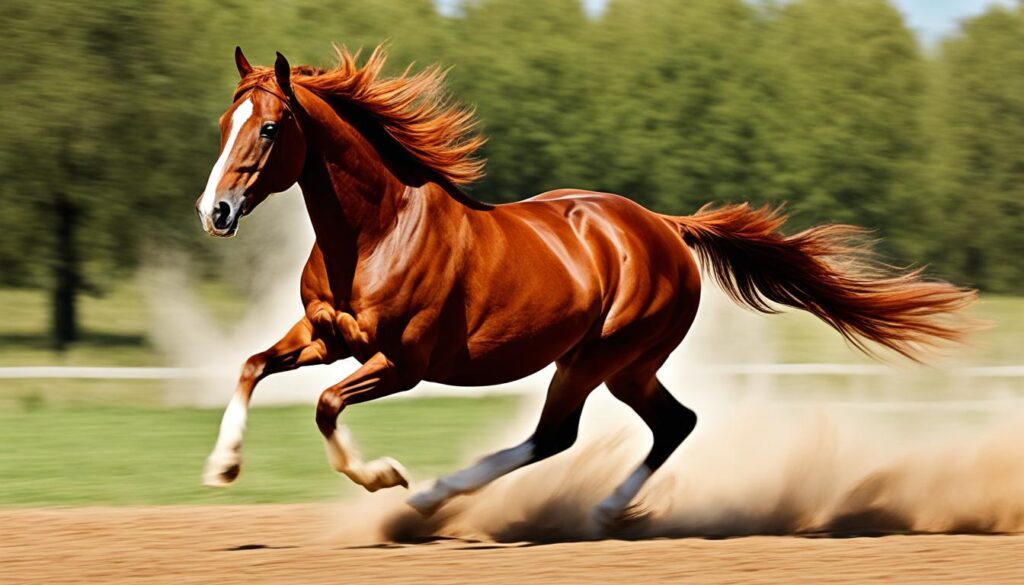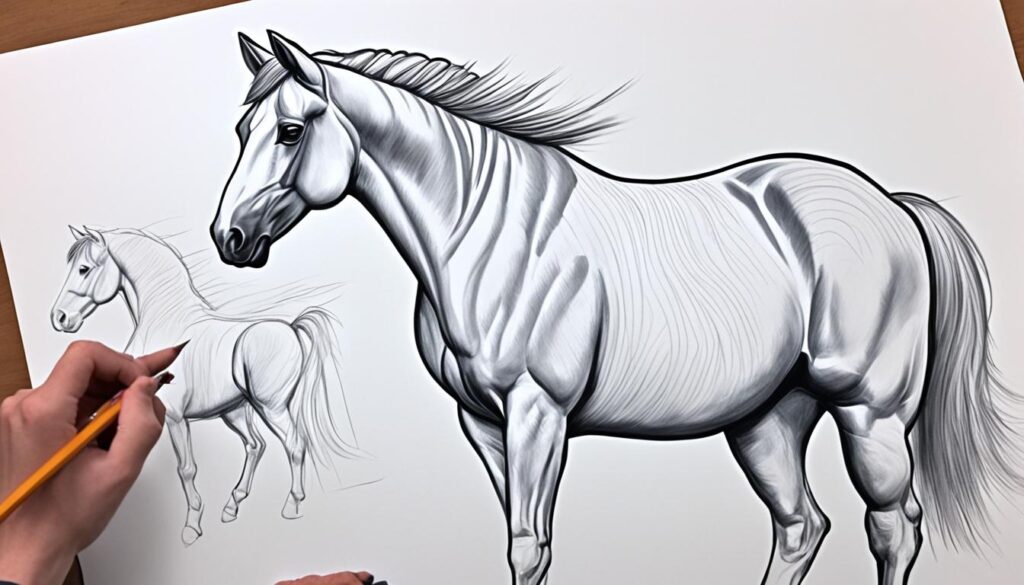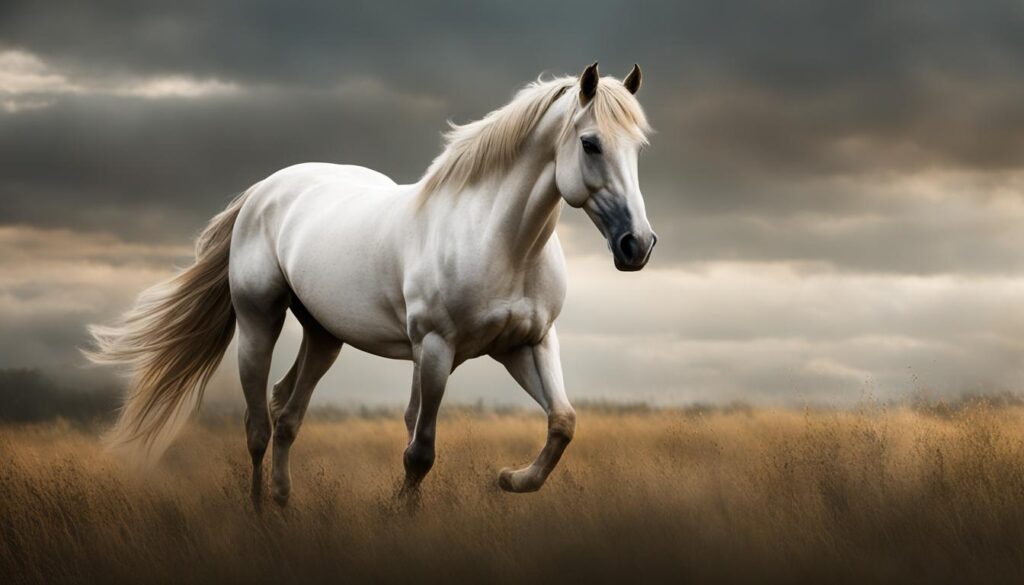Understanding Horse Costs: A Quick Guide
Have you ever dreamed of galloping through open fields, the wind in your hair and the rhythmic beat of hooves beneath you? Owning a horse can be a truly magical experience, full of love, companionship, and unforgettable adventures. But before you saddle up and ride off into the sunset, it’s important to understand the financial realities of horse ownership. Horses are not just majestic creatures; they also come with a cost. From the initial purchase price to the ongoing expenses, being aware of the financial commitment involved is essential. But don’t let that discourage you. With proper planning and budgeting, you can embark on this incredible journey without breaking the bank. Key Takeaways: Understanding the costs associated with owning a horse is crucial before taking the leap. Proper planning and budgeting can help you manage horse expenses effectively. Horse ownership is a rewarding experience that requires both financial and emotional commitment. By educating yourself about the various costs involved, you can make informed decisions and ensure a financially manageable experience as a horse owner. Stay tuned as we explore the various factors affecting horse pricing, the initial purchase price, ongoing care and maintenance, boarding and housing expenses, training and riding lessons, equipment and tack, medical and healthcare costs, insurance and liability considerations, and miscellaneous expenses. Factors Affecting Horse Pricing The price of a horse can vary significantly based on various factors. Understanding these factors is important when considering the cost of buying a horse and searching for affordable horse prices. Let’s explore the key elements that influence horse pricing: Breed The breed of a horse plays a significant role in determining its price. Certain breeds are highly sought after and have a higher demand, resulting in higher prices. Breeds known for their performance, such as Thoroughbreds or Warmbloods, tend to have higher price tags compared to other breeds. Age and Training Level The age and training level of a horse also impact its pricing. Younger horses that are ready to be trained or have a solid foundation of training often command higher prices. On the other hand, older horses or those with limited training may be more affordable options. Conformation A horse’s conformation refers to its physical structure and appearance. Horses with excellent conformation, meaning a well-balanced body, correct proportions, and good movement, are typically priced higher. Conformation is often considered an important factor in determining a horse’s overall value. Intended Use The intended use of a horse can significantly impact its price. Horses bred for specific disciplines such as dressage, jumping, or racing may have higher price tags due to their specialized training and suitability for those activities. Horses intended for recreational riding or companionship may be priced more affordably. Overall Health The health of a horse is an essential consideration when determining its price. Horses with no underlying health issues or soundness concerns typically have higher prices. A well-maintained health record and regular veterinary check-ups are indicators of a horse’s value and can influence pricing. “Understanding the various factors that affect horse pricing is crucial. By considering the breed, age, training, conformation, intended use, and overall health, you can make informed decisions that align with your budget.” Exploring these factors will help you navigate the horse market and determine a suitable budget for purchasing a horse. Whether you’re looking for an affordable option or willing to invest in a high-quality horse, comprehending the elements that influence pricing will guide your decision-making process. The Initial Purchase Price Owning a horse begins with the initial purchase price. Before you bring home your equine companion, it’s important to understand the costs associated with buying a horse. Let’s explore the average horse price across different categories, ranging from leisure horses to performance horses and specialized breeds. Leisure Horses If you’re looking for a horse purely for recreational purposes and leisurely trail rides, you can find affordable options that fit a reasonable budget. The average horse price for leisure horses typically ranges from $1,000 to $5,000. These horses are often well-suited for beginners or riders seeking a gentle and easygoing companion. Performance Horses For those interested in competitive or performance riding disciplines such as dressage, show jumping, or reining, the average horse price increases significantly. Performance horses have specialized training and skills that make them suitable for high-level competition. Expect to pay anywhere between $5,000 and $20,000, depending on the horse’s age, training level, and past performance. Specialized Breeds Specialized breeds, such as Arabians, Andalusians, or Friesians, often come with a higher price tag due to their unique characteristics and desired bloodlines. The average horse price for these breeds can range from $10,000 to $50,000 or more. Keep in mind that the cost may vary based on factors like lineage, show record, and conformation. It’s important to note that these are average price ranges and individual horses’ prices may vary. Factors such as the horse’s age, training, competition history, and overall health can all impact its price. When considering buying a horse, it’s essential to set realistic expectations and budget accordingly. To give you a better idea of how horse pricing can vary, here’s a table highlighting the average prices for different categories: Horse Category Average Price Range Leisure Horses $1,000 – $5,000 Performance Horses $5,000 – $20,000 Specialized Breeds $10,000 – $50,000+ Remember, these prices are just averages, and you may find horses outside these price ranges. Before making a purchase, it’s advisable to consult with knowledgeable professionals, such as trainers or experienced horse owners, to ensure you make an informed decision. Now that you have an understanding of the initial purchase prices, let’s explore the ongoing care and maintenance expenses involved in horse ownership in the next section. Ongoing Care and Maintenance Once you’ve brought your new horse home, the expenses don’t stop at the purchase price. Owning a horse requires continuous care and maintenance to ensure their well-being. Let’s explore the ongoing costs associated with horse ownership: Daily Feed and Supplements Proper nutrition is crucial for your horse’s health
Understanding Horse Costs: A Quick Guide Read More »





